复合材料铺丝机器人的控制和算法的研究
摘要复合材料自动铺丝技术是上个世纪发展最为迅速的一种先进复合材料自动成型技术,其主要通过铺丝头末端的压辊将加热软化的复合材料纤维丝束压实在旋转的芯模表面而制成的复合材料零件。自动铺丝技术具有效率高、成本低、自动化程度高、灵活等优点。铺丝机器人是复合材料自动铺丝的自动化设备,目前铺丝机器人在欧美国家已经非常成熟,在我国尚处于起步阶段。本论文对铺丝机器人的研究主要包括以下几个方面:(1)对铺丝机器人进行需求分析,并对其头部进行功能定义,画出其每个功能模块的原理图。(2)对铺丝机器人六自由度机械臂进行轨迹规划算法的研究,首先利用D-H方法对每个关节建立坐标系,根据每个关节与每个关节的位置关系求出其位...
相关推荐
-
公务员思想政治教育研究VIP免费
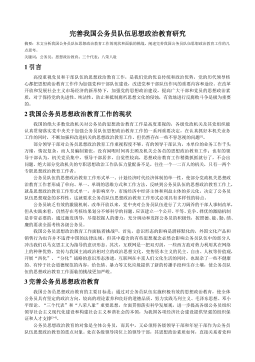
 2024-10-15 30
2024-10-15 30 -
在线社会网络中用户行为的实证分析与机制建模研究VIP免费
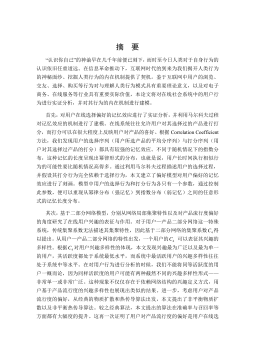
 2025-01-09 6
2025-01-09 6 -
智能优化方法对神经网络的改进及应用研究VIP免费
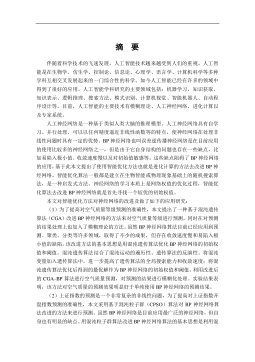
 2025-01-09 6
2025-01-09 6 -
鲜切哈密瓜保鲜技术研究VIP免费

 2025-01-09 8
2025-01-09 8 -
小城镇道路网级配方法及应用研究VIP免费
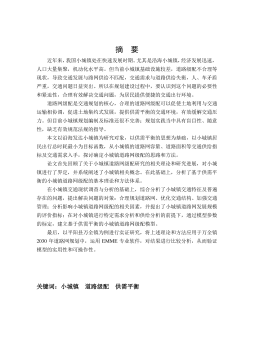
 2025-01-09 6
2025-01-09 6 -
医学信息集成测试系统的研究与实现VIP免费
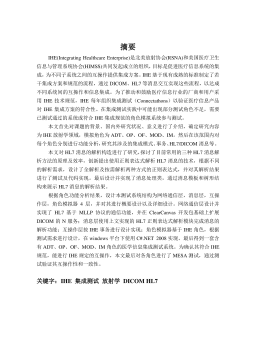
 2025-01-09 7
2025-01-09 7 -
余热驱动氨水吸收式制冷系统的理论及实验研究VIP免费
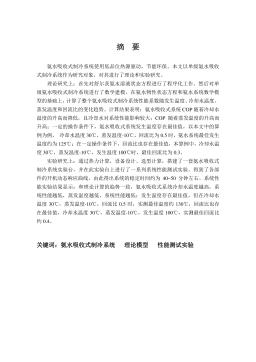
 2025-01-09 7
2025-01-09 7 -
喷雾降温技术适用性及热环境研究VIP免费
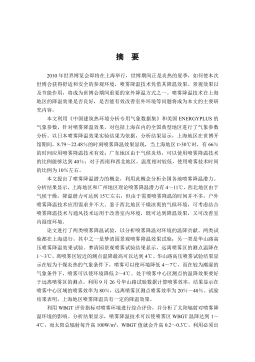
 2025-01-09 9
2025-01-09 9 -
收缩—扩张喷嘴的气泡雾化数值模拟VIP免费
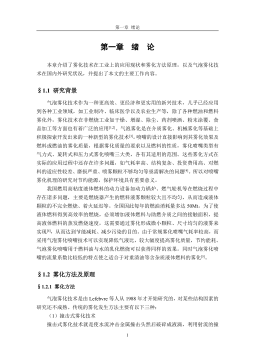
 2025-01-09 8
2025-01-09 8 -
支持供应链的工作流系统结构及其计划与调度的研究与应用VIP免费
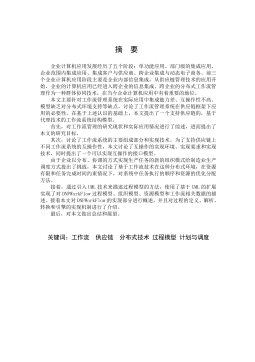
 2025-01-09 11
2025-01-09 11
相关内容
-

医学信息集成测试系统的研究与实现
分类:高等教育资料
时间:2025-01-09
标签:无
格式:PDF
价格:15 积分
-

余热驱动氨水吸收式制冷系统的理论及实验研究
分类:高等教育资料
时间:2025-01-09
标签:无
格式:PDF
价格:15 积分
-

喷雾降温技术适用性及热环境研究
分类:高等教育资料
时间:2025-01-09
标签:无
格式:PDF
价格:15 积分
-

收缩—扩张喷嘴的气泡雾化数值模拟
分类:高等教育资料
时间:2025-01-09
标签:无
格式:PDF
价格:15 积分
-

支持供应链的工作流系统结构及其计划与调度的研究与应用
分类:高等教育资料
时间:2025-01-09
标签:无
格式:PDF
价格:15 积分






